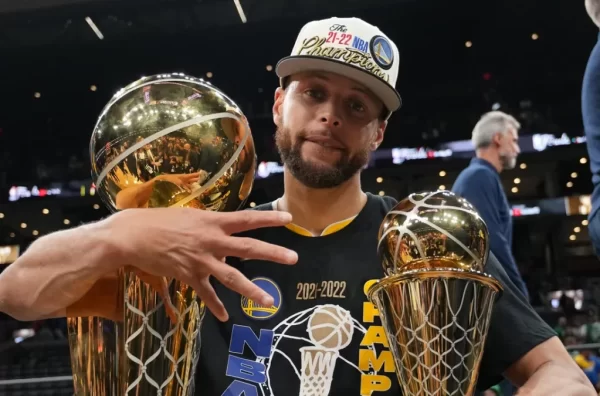How The NBA Has Evolved Since Its Founding

With the NBA playoff teams set and only the play-in games left to decide which team gets which seed, lets take a look at the NBA as a whole. Let’s go back in time and look at it from its struggling start to what it has become today.
The NBA ( National Basketball Association) has experienced a lot of development and changes over the years. In 1949 BAA (Basketball Association of America) merged with the NBL (National Basketball League) to form the most successful Basketball League known till now. At the start, it consisted of only seventeen teams, but the league got rid of a few teams.
In the 1954-55 season, the league only consisted of 8 teams; the season concluded with Syracuse Nationals (now Philadelphia 76ers) beating Fort Wayne Pistons (now Detroit Pistons) and lifting the championship. During the 1950s, Minneapolis Lakers won the massive number of five championships and that made them the first dynasty in the league.
In 1954 a rule was announced that a team must try a shot in twenty-four seconds (shot clock), or the other team will get the ball. This made the game more watchable and exciting for the viewers. This rule made the game a lot more fast-paced, and almost every game has massive score lines. Even MLB recently introduced clocks that have expedited the games. Another significant rule change was in 1979 when Three pointer line was introduced; it meant that points scored beyond that line would count as three.
The shooting beyond that line is a lot more eye-pleasing for the audience, and it also encourages the players to make some great plays at the last moment of the game. This rule made some great shooters of the ball, for example, Stephen Curry, Larry Bird, and Kevin Durant, to name a few. To make the game even more attack-minded, in 2001 defensive three-second violation was introduced. Some folks referred to this as “The Shaq Rule” because he would lurk in the middle and dominate all those in his way. It stated that a defending team player must only stay in the free throw lane for up to three seconds unless he is guarding an attacking team player. These are the most significant rules that attracted the audience from all around the world and made the game more fast-paced and high scoring.
The NBA had developed over the decades, from the 1960s when the league was viewed by fewer people. 1962 is when Wilt Chamberlain scored an enormous number of 100 points in a single game for Philadelphia Warriors against the New York Knicks, which is still a record yet to be broken; only Kobe Bryant in 2006 came close with 81 points. In the 1980’s is when the league started to catch the eyes of the viewers. A rivalry was born between Larry Bird’s Boston Celtics and Magic Johnson’s Los Angeles Lakers. This is where the league came into its own; the Bird and Magic rivalry helped massively.
The 1990’s brought a player who is still regarded as the greatest of all time, Michael Jordan. He was not massive like other players, but that was what made him exciting to watch. The 2000’s started with the dominance of Shaq and Kobe for the Lakers; the three-peat was an insane achievement. It saw the Lakers winning four while the Spurs won 3 championships. The 2010’s had a mix of old and young generational talents. Lebron, Kevin, and Curry hit their prime, but on the other hand, the likes of Kobe, Nowitzki, and Wade retired from the game.
The NBA has come a long way and has become one of the most successful and watched leagues in the world. With the continuous changes in the league, it shows that the NBA is here to stay and is not going anywhere anytime soon. The fact that in 2020 the league expanded to 30 teams assures that.
List of NBA Dynasties
| Team | Length | Championships Won |
| Minneapolis Lakers | 1949-1954 | 5 (1949, 1950, 1952, 1953, 1954) |
| Boston Celtics | 1957-1969 | 11 (1957, 1959, 1960, 1961, 1962, 1963, 1964, 1965, 1966, 1968, 1969) |
| Los Angeles Lakers | 1980-1988 | 5 (1980, 1982, 1985, 1987, 1988) |
| Detroit Pistons | 1989-1990 | 2 (1989, 1990) |
| Chicago Bulls | 1991-1998 | 6 (1991, 1992, 1993, 1996, 1997, 1998) |
| Los Angeles Lakers | 2000-2002 | 3 (2000, 2001, 2002) |
| San Antonio Spurs | 1999-2007 | 5 (1999, 2003, 2005, 2007, 2014) |
| Golden State Warriors | 2015-2022 | 4 (2015, 2017, 2018, 2022) |
See Also:
















